Do new-born babies come with bacteria or are they sterile?
Should we be advocating hand-washing and alcohol hand gels when handling babies? Or should we avoid washing our hands? Berenice Langdon on how babies get their microbiome

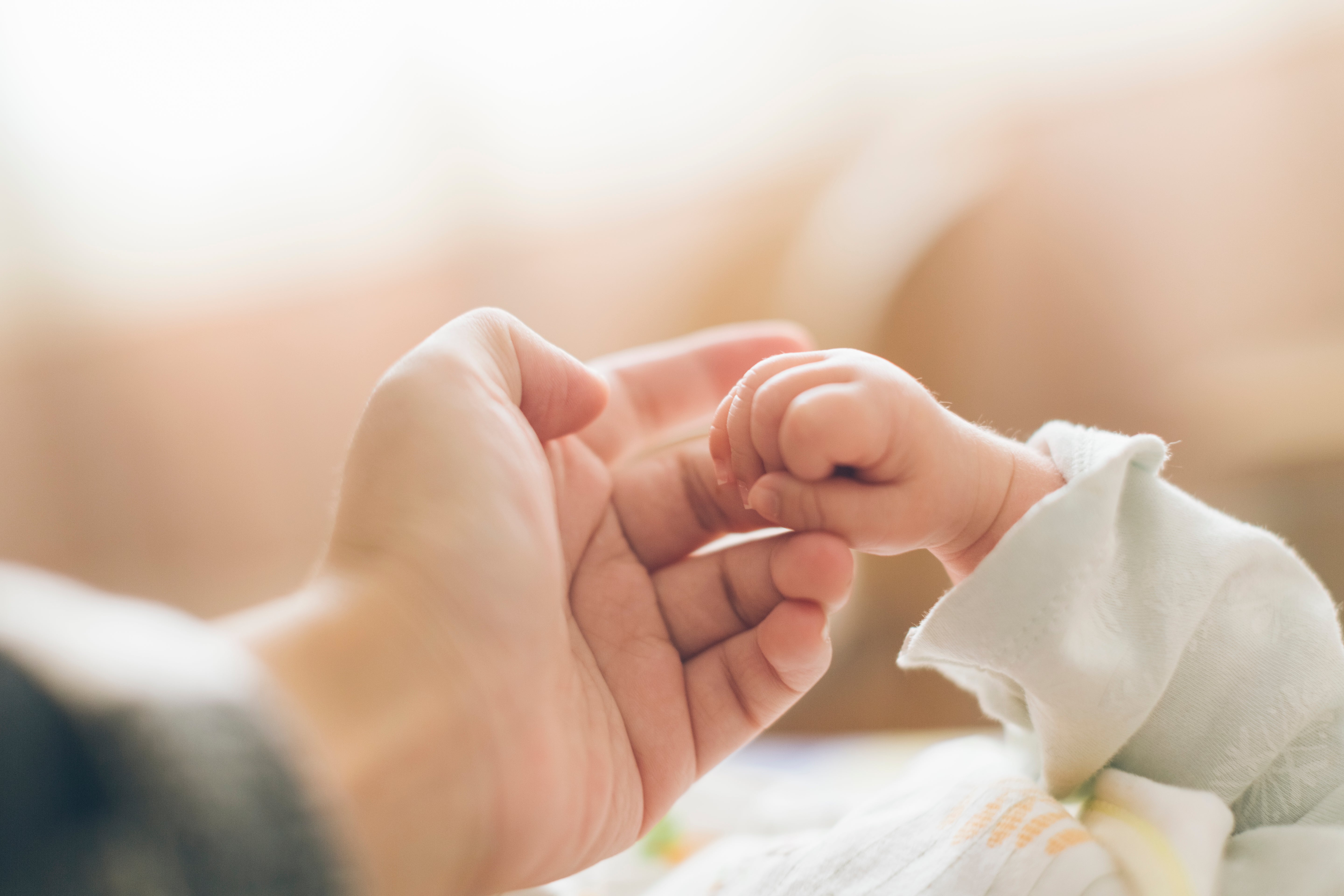
The baby looks perfect. But not according to mum. “She keeps crying. She draws her legs up to her chest. And she’s got a white tongue; I think she might have thrush.” I look down at the baby on the couch. She looks pink, she is wearing pink. Her name is Rose. She is stretching her legs experimentally. She doesn’t like it when I stick a lolly pop stick into her mouth to have a look at her tongue. It looks a bit whiteish perhaps. But her tummy is nice and soft and her weight is fine for her age.
Why do some babies come in with crying and tummy aches at six weeks of age, and some not? Why are some brought in with thrush infections colonising the tongue? Could it be to do with their friendly bacteria? Is that what causes colic? And if it was, could we prevent colic and oral thrush by giving mums the right advice about hand washing and handling their babies?
I look at mum’s face. Just her eyes are visible, the rest hidden behind a mask. I can see she’s about to cry but is trying to hold it in. Dealing with tears behind a mask is damp work. “Don’t worry,” I say, hurriedly getting down the box of tissues. “Would you like to take your mask off for a minute?”
Colic is hard to characterise and also hard for parents to manage, day in and day out. Essentially it is a healthy baby who cries for more than three hours a day, more than three days a week for more than a week. Up to a fifth of babies are thought to get it, peaking at six weeks and settling by four months.
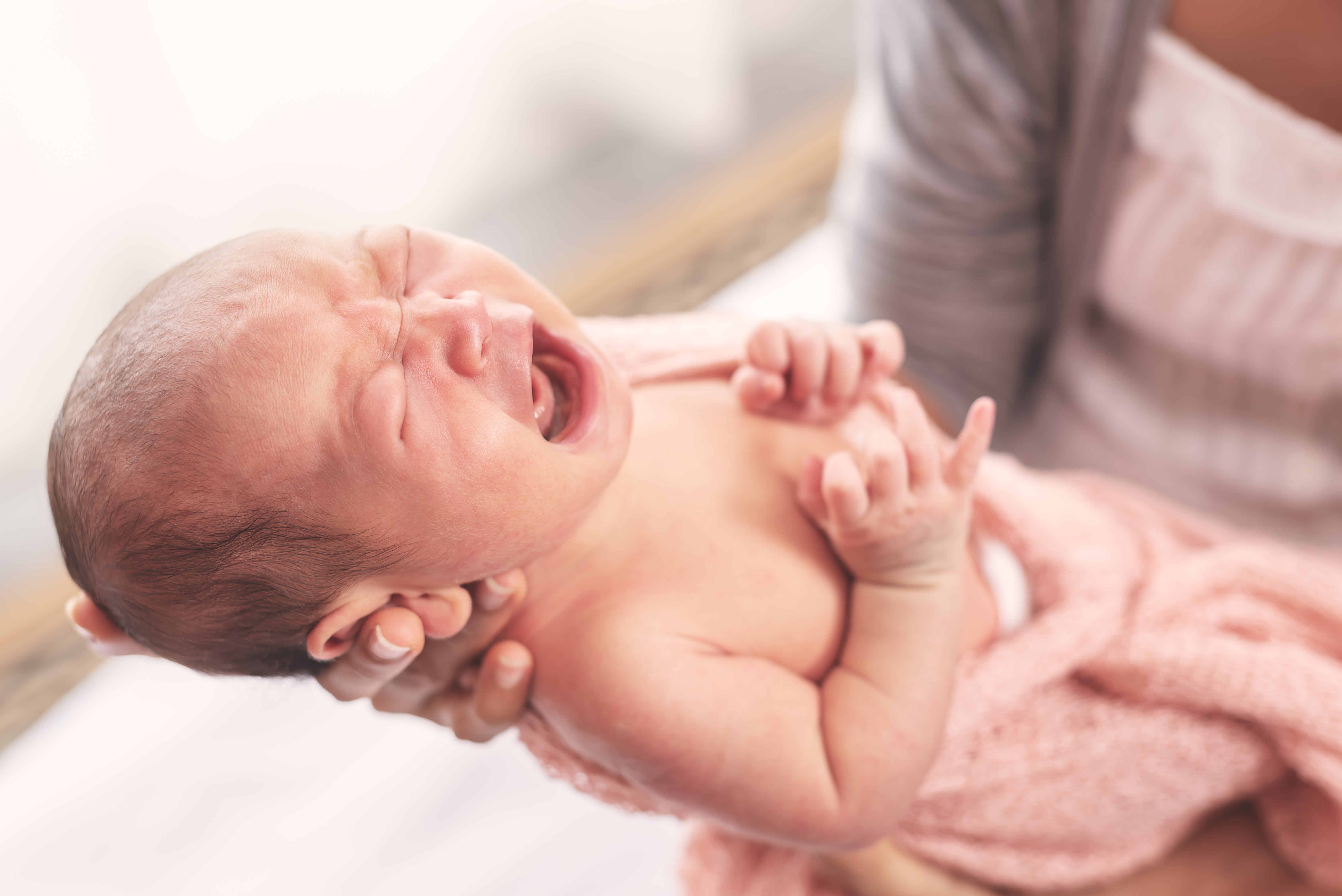
There are various causes suggested for colic or crying a lot at four to six weeks of age. Some say it’s just part of the normal range of behaviour for babies. Others that it’s caused by an excessive amount of movement of internal gut muscles and that the baby has a heightened awareness of this. But many believe it’s to do with the development of the microbiome. The age when colic comes on fits closely with the known development of the infant gut bacteria.
There has been a lot of debate about whether babies are born with bacteria in their intestines or born sterile. Lots of researchers have been swabbing newborns. But it’s difficult to work out whether any bacteria picked up are ones the baby had before birth, or simply just those it has come into contact with at birth.
But research just published (May 2021, Nature Microbiology) has suggested that babies are born sterile. In this study 20 breech babies (those born bottom first instead of head first) were identified, all being born by planned caesarean. The researchers swabbed the baby’s anus while it was still in the uterus via the surgical incision. Not content with this, the team also sampled each baby’s meconium and first stool and then compared all these to ones taken from the immediate environment to identify contaminants. This research is eye-poppingly imaginative and credit must be given to this team, which has added robust data supporting the theory that babies are born sterile.
Babies born by caesarean miss out on picking up vaginal bacteria from the mother. This is a contentious issue and many people think that this can cause future health problems for the baby
Babies must begin collecting bacteria straight after the amniotic sac has been breached. They accumulate them on their way through the vagina, obtain some more from the hands of the health care worker who catches them and then pick up further bacteria from the environment on the way to their mother’s arms.
Babies born by caesarean miss out on picking up vaginal bacteria from the mother. This is a contentious issue and many people think that this can cause future health problems for the baby. Some even advocate brushing a flannel over the mother’s genitals and then over the baby’s face.
A recent meta-analysis combining a large number of studies has demonstrated that there is a link between being born by caesarean and, specifically, the development of childhood asthma (odds ratio 1:2) and obesity (odds ratio 1:6).
What is not so clear is whether missing out on vaginal bacteria during birth is the cause of those slight increased rates of childhood asthma and obesity. There is no doubt that vaginally born babies get a good dose of vaginal bacteria. But are these the bacteria the baby wants or needs? Do they stay?
The short answer is no. Vaginal bacteria are essential in adult women to keep the vagina healthy, living as a group or colony of friends, interacting together and keeping the bad bacteria and thrush microbes at bay. But these are hardly going to be helpful for a new-born baby, even a female one.
A study, Mother-to-Infant Microbial Transmission, looking at 25 mother-baby pairs from birth to four months shows “a rapid influx in microbes at birth”, especially vaginal bacteria, followed by strong selection during the first few days of life. Although the study proves that there are plenty of vaginal bacteria present in the baby’s stool on day one, most have gone by day five.
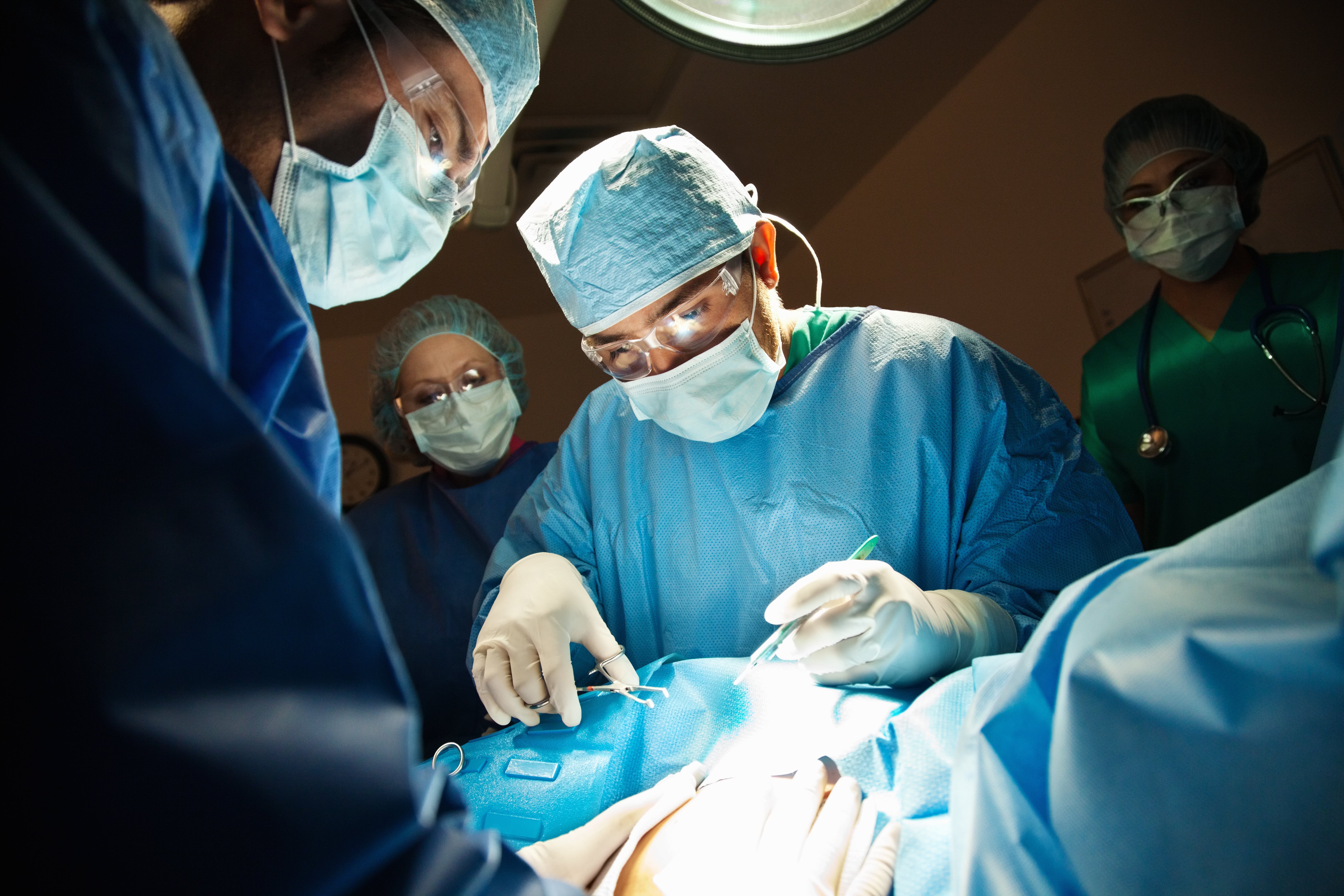
If a baby’s first colonising bacteria haven’t come from the mother’s vagina, then where do they come from? For babies born vaginally, many of its first bacteria will be maternal gut bacteria from the mother’s genitals.
But for babies born by caesarean, the baby’s first bacteria may come from the operating suite. Swabs have been taken of the walls, light shades and ventilation grids of a C-section surgical theatre. DNA sequencing showed that over two thirds of samples yielded bacterial DNA, most corresponding to human skin bacteria.
There is something too clinical, too impersonal about obtaining a baby's first bacteria from an operating theatre. We want to help the baby get the bacteria it needs. But what bacteria does it need? We know that humans have different microbiomes in different parts of the body. The skin, the gut and the mouth are just a few of the key areas that each need their own distinctive group of bacteria. The baby needs all of these but it especially needs gut bacteria in order to help digest food.
The mother-to-infant study proves that the baby picks up and keeps maternal gut microbes – not vaginal – at birth from the maternal genital area. And after birth it continues to pick up maternal gut microbes from close contact with its mother. The study shows that not only do the mother and baby pairs have many matching sets of bacteria, but that these are of exactly the same strain.
Although in the first few days of birth each baby’s microbes are highly variable from each other (suggesting they have randomly bumped into all sorts of bacteria) by the first week of life, the variability drops. Each baby starts to have a smaller group of microbes persisting and each baby’s microbes begin to look much more like those of other babies.
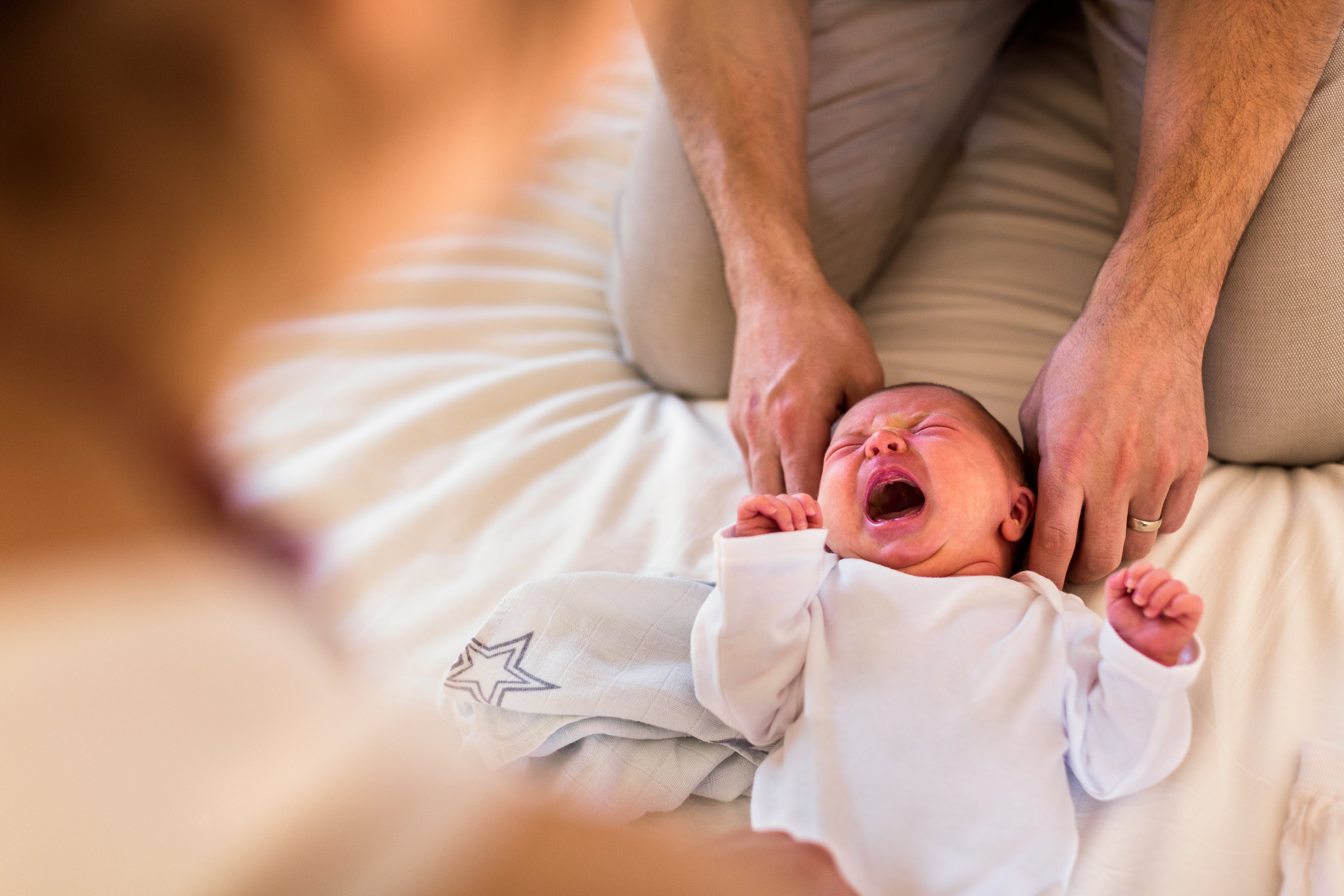
Typical strains in a new-born particularly include Bifidobacterium. These are the key group of bacteria the baby needs to digest milk. Others include Bacteroides vulgatus. Within three or four days facultative anaerobic bacteria numbers also start to increase. These are early colonisers and can help shift the conditions of a baby’s gut from aerobic to anaerobic, conditions more typical of adults. But although the baby has obtained many of its microbes from its mother, it selects carefully. The group that ends up thriving is not the same, being less diverse, with less anaerobes and many, many more milk-digesting bacteria.
But the mother’s microbes are the ones most likely to stay the distance compared to non-maternally acquired strains. Over 50 per cent of an infant’s gut microbial population belongs to species also present in the mother. No one knows quite why the mother’s microbes survive so well. Perhaps they are specially adapted somehow for the family.
The baby’s microbiome is not just affected by the mother. Any person who is the prime carer can seed the baby’s microbiome. The baby’s father, brothers and sisters, wider relatives, the environment and even pets will all be contributing. It is well known that as well as the mode of birth, prematurity, antibiotics, breast or bottle feeding all have strong effects on the baby’s microbiome and all these variations are being studied in detail.
Any person who is the prime carer can seed the baby’s microbiome. The baby’s father, brothers and sisters, wider relatives, the environment and even pets will all be contributing
Trying to figure out a baby’s microbiome is a bit like being in a pitch-black hall and trying to figure out what’s in there. The scientists are in the dark. Using stool samples and other swabs they are blindly trying to figure out what is in the baby’s microbiome. They grow the bacteria and detect bacterial DNA. They measure how many of each microbe there is. But they don’t even really know what should be there.
And it’s amazing to note that within the mother and baby study a quarter of the bacterial genomes picked up could not be identified and did not belong to any of the 13,000 microbial species for which at least one reference genome is available, mostly species of Streptococcus and Clostridium. These studies are giving a picture, a sketch really, of what is going on. And although the focus at present is mainly on bacteria, scientists are also starting to look at what viral and fungal species are meant to be present too.
Does the exact make-up of a baby’s gut bacteria explain if it has colic? There is evidence to suggest that some babies don’t end up with a good set of microbes, sometimes known as dysbiosis, a disordered microbiome. Early studies have indicated that babies with colic have more inflammatory markers in their stool (faecal calprotectin), which settle when the colic settles (although this is hard to sift out as the mode of feeding can affect the level of faecal calprotectin as well). Others have suggested babies with colic don’t have enough of the milk digesting Bifideobacteria or alternatively that they have too much of a bacteria called Acinetobacter.
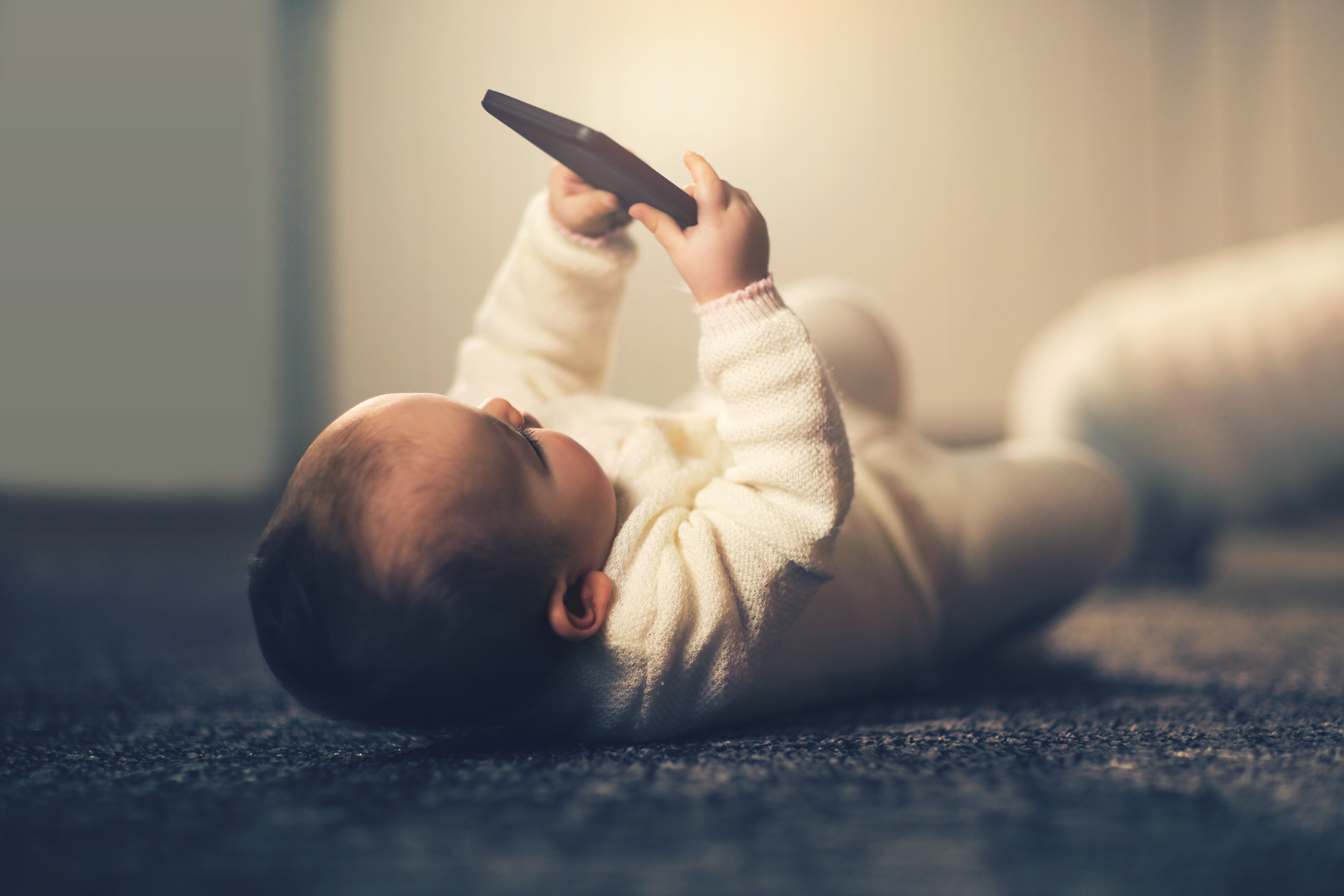
What about Covid and all the recent social distancing, the masks and the increased hand-washing regimes? Has this caused dysbiosis? It’s too early to know. There is a lot of speculation in the microbiome world about how Covid regulations have contributed even further to the decrease in diversity of the human microbiome already seen in industrial societies. The social distancing imposed to contain Covid can affect our microbiome.
It should be obvious to us all by now that the baby’s bowel bacteria come from the mother’s and the family’s bowel. And that must be because our handwashing is not perfect, luckily for the baby. Our microbiome is an essential part of us, we can’t literally sterilise our bottoms or our hands or keep the different microbiomes permanently apart. Bowel bacteria are on pyjamas, on underpants, on bed sheets and in baths, they are in our environment and will even get on to our phones (those delightful cesspits of our daily life) and from there to our babies. The anal swabbing of baby-and-mother pairs establishes this beyond a doubt.
So, should we be advocating hand washing and alcohol hand gels when handling our new babies? Or should we be avoiding hand-washing? Of course, we want to avoid them picking up sick bugs. However, at the same time as wishing to avoid illness we also want to establish a baby’s robust microbiome. A baby’s friendly bacteria will be able to keep out some pathogens by itself – such as oral thrush.
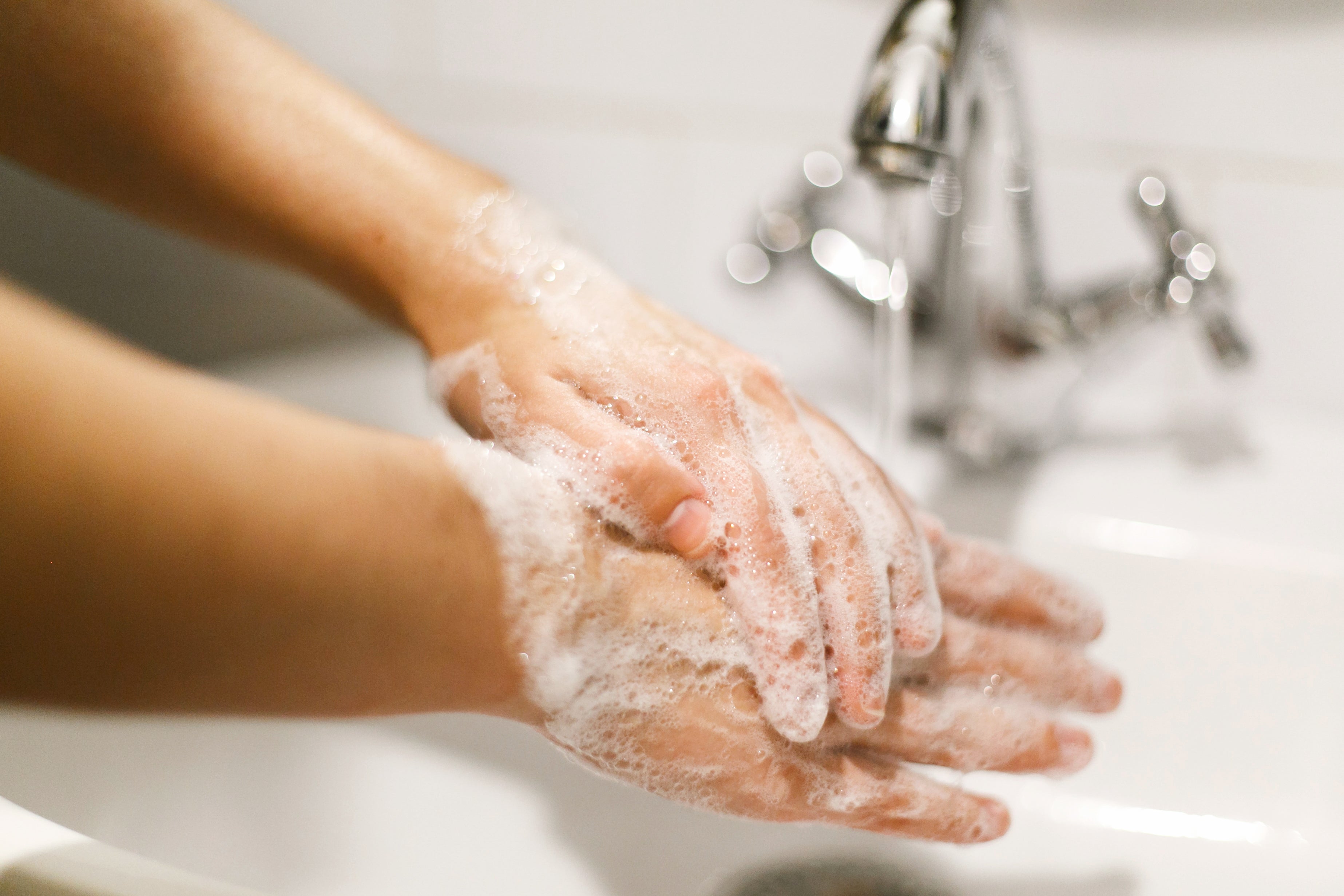
Where does this leave me with Rose and her mother, and all the upset this is causing. Because let’s not underestimate the effect of a baby’s distress and the distress, uncertainty and anxiety this causes their parents. Rose’s mum blows her nose and slowly hooks her face mask back about her ears. She dresses the baby, who is now crying.
Should I be advising her not to wash her hands when she's at home? Should I advise her to swab her genital areas with a flannel and brush it over her baby’s face? Should she be licking the bottles teats or dummies to clean them and putting them directly back into Rose’s mouth? Or should she avoid all of these things? It would be so good to have some helpful advice to offer, filtering down from all the raw research on microbiomes. But perhaps it is too early to expect this.
Infant microbiome research is still in its infancy. The science is not yet linked up with the medical issues and most of the information is not ready to be passed on to doctors for practical use. The most I can confidently say to Rose’s mum is that close skin-to-skin contact is very important to help Rose pick up her friendly bacteria. I can mention that she is still developing her microbiome, that this can give tummy aches for a time but will usually settle by itself.
And by the time a baby starts crawling, mouthing toys and sucking pebbles even in the most over-sanitised of families it will fix its microbiome by itself.
Dr Berenice Langdon is a GP and author of Learning Microbiology Through Clinical Consultation
Join our commenting forum
Join thought-provoking conversations, follow other Independent readers and see their replies
Comments